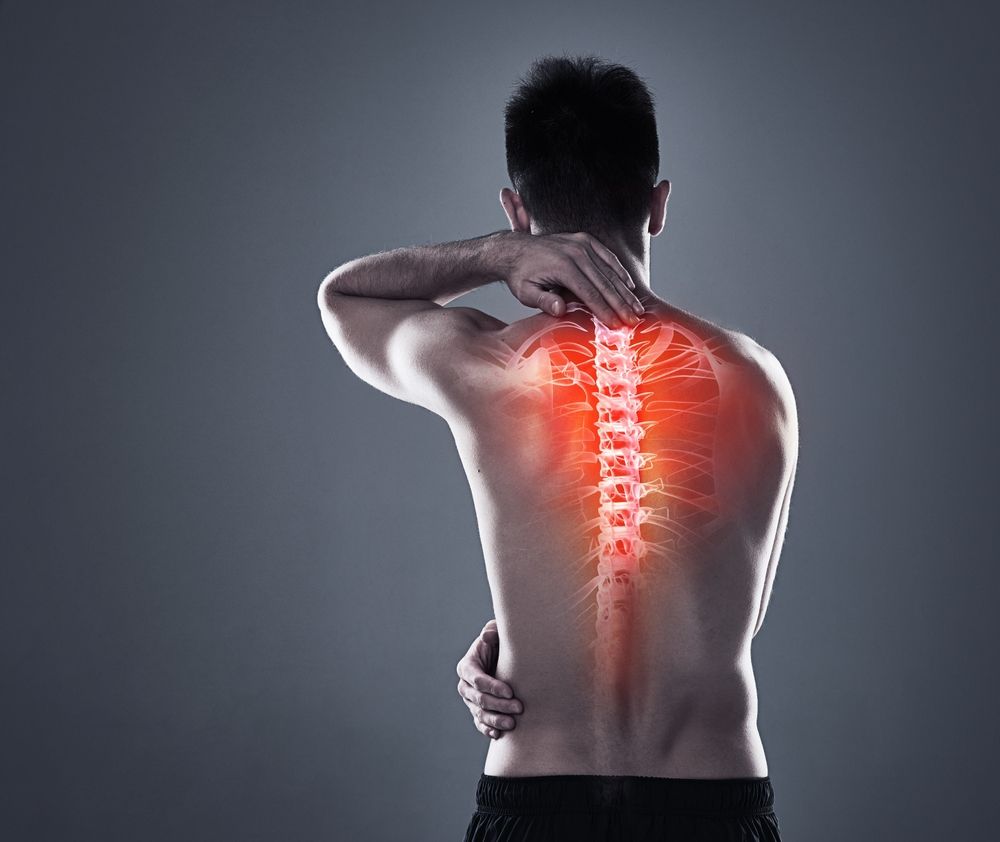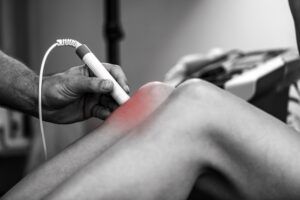Spinal stenosis is a condition that occurs when the spaces within the spine narrow, placing pressure on the spinal cord and nerves. This narrowing most commonly affects the lower back (lumbar spine) and the neck (cervical spine), leading to a range of symptoms that can significantly interfere with daily activities. Spinal stenosis is often caused by degenerative changes related to aging, such as osteoarthritis, disc herniation, and ligament thickening. However, it can also result from congenital spinal defects, trauma, or tumors.
As the spinal canal narrows, nerve compression can result in pain, tingling, numbness, or weakness in the limbs. These symptoms often worsen with standing or walking and improve with sitting or leaning forward. Many patients describe feeling as though their legs are giving out or becoming heavy during activity. Although spinal stenosis is a progressive condition, early diagnosis and appropriate treatment can help prevent further deterioration and improve quality of life.
Recognizing the Signs and Symptoms
Symptoms of spinal stenosis can vary widely based on the location and severity of the narrowing. In lumbar spinal stenosis, patients may experience lower back pain, sciatica, leg weakness, and difficulty walking. These symptoms tend to become more pronounced with physical activity, often causing individuals to limit movement or adopt abnormal postures to reduce discomfort. A hallmark of lumbar stenosis is neurogenic claudication, a cramping or aching in the legs triggered by standing or walking and relieved by sitting or bending forward.
Cervical spinal stenosis, on the other hand, may result in neck pain, radiating pain into the shoulders and arms, hand numbness, and loss of coordination. In severe cases, cervical stenosis can cause myelopathy, a condition involving spinal cord compression that may lead to balance issues, difficulty with fine motor skills, and even bowel or bladder dysfunction. Identifying these symptoms early and consulting a spinal specialist is crucial to avoid long-term complications.
Advanced Diagnostic Techniques at Premier Orthopaedics
At Premier Orthopaedics & Sports Medicine, P.C., with locations in Bloomfield, Englewood, and Union City, NJ, we employ a comprehensive approach to diagnosing spinal stenosis. Our team starts with a detailed clinical evaluation, gathering information about the patient’s medical history, symptoms, and physical function. A thorough neurological exam helps assess reflexes, muscle strength, and sensory changes that may indicate nerve involvement.
To confirm the diagnosis and pinpoint the affected areas, we use advanced imaging technologies. Magnetic Resonance Imaging (MRI) provides detailed images of soft tissues, spinal nerves, and discs, making it the preferred tool for visualizing stenosis. Computed Tomography (CT) scans may be used when MRI is not feasible, often in combination with a myelogram to evaluate the spinal canal’s shape and size. Digital X-rays help assess alignment, bone spurs, and disc degeneration. These tools enable our specialists to customize a treatment plan based on precise anatomical data.
Non-Surgical Treatment Innovations
For many patients, non-surgical options provide significant relief and can delay or eliminate the need for surgery. At Premier Orthopaedics & Sports Medicine, we integrate cutting-edge technology with proven conservative treatments to manage spinal stenosis. Physical therapy remains a cornerstone of care, focusing on core strengthening, posture correction, and flexibility exercises to reduce pressure on the spine and improve mobility.
We also offer image-guided epidural steroid injections and nerve blocks to target inflamed nerves with pinpoint accuracy. These minimally invasive procedures use fluoroscopic or ultrasound guidance to deliver medication directly to the source of pain. Radiofrequency ablation (RFA), another advanced option, uses thermal energy to disrupt pain signals along specific nerves. Patients often experience weeks to months of symptom relief, allowing them to engage in physical therapy and restore function.
Surgical Technologies That Make a Difference
In cases where non-surgical treatments do not yield sufficient improvement, or when spinal cord compression is severe, surgical intervention may be necessary. At our facilities in Bloomfield, Englewood, and Union City, NJ, we offer state-of-the-art surgical solutions using minimally invasive spine surgery (MISS) techniques. These approaches involve smaller incisions, reduced muscle disruption, and shorter recovery times compared to traditional open surgery.
One common procedure for spinal stenosis is a laminectomy, where a portion of the vertebral bone is removed to create more space in the spinal canal. This can be done using minimally invasive tools and navigation systems to enhance precision. In some cases, spinal fusion is recommended to stabilize the spine after decompression. For patients who qualify, interspinous process devices can be inserted to maintain spacing between vertebrae without the need for fusion. Robotic-assisted surgery and intraoperative imaging systems further improve accuracy and safety, ensuring optimal outcomes.
Restoring Mobility Through Rehabilitation
Following treatment—whether surgical or non-surgical—rehabilitation is essential for long-term success. At Premier Orthopaedics & Sports Medicine, P.C., our personalized rehabilitation programs are designed to restore strength, flexibility, and mobility while minimizing the risk of recurrence. Physical therapists work closely with each patient to develop a tailored plan that evolves as the patient recovers. This may include strength training, balance exercises, and manual therapy techniques.
Patient education is another vital component of recovery. Understanding body mechanics, learning proper lifting techniques, and practicing spinal-friendly movements can make a significant difference in preventing future flare-ups. Our multidisciplinary team, which includes physicians, therapists, and pain management specialists, ensures that each patient receives coordinated care from diagnosis through recovery. We are committed to helping our patients return to the activities they enjoy with confidence and reduced discomfort.
Everyday Practices That Support Spine Health
In addition to medical treatment, adopting healthy lifestyle habits can play a key role in managing spinal stenosis and maintaining spine health over time:
- Maintain a healthy weight to reduce pressure on spinal structures
- Practice good posture, especially when sitting or lifting
- Engage in regular low-impact exercise like swimming or walking
- Avoid prolonged periods of inactivity or poor ergonomics
- Use supportive footwear and sleep surfaces
Making these habits part of your routine can enhance your overall spine wellness and complement professional care.
Why Choose Premier Orthopaedics & Sports Medicine, P.C.
Choosing the right care provider is essential for managing complex spinal conditions like stenosis. At Premier Orthopaedics & Sports Medicine, P.C., our team brings together advanced diagnostic tools, minimally invasive therapies, and comprehensive rehabilitation programs—all under one roof. Our specialists are board-certified and highly experienced in treating spinal disorders using the latest medical technologies.
We proudly serve patients across Bloomfield, Englewood, and Union City, NJ, with a commitment to excellence, compassion, and innovation. Whether you’re newly diagnosed or struggling with chronic symptoms, we are here to help you regain control of your life through customized, evidence-based care. If you’re experiencing signs of spinal stenosis, we invite you to schedule a consultation and take the first step toward lasting relief and renewed mobility.
Resources:
Genevay, S., & Atlas, S. J. (2010). Lumbar Spinal Stenosis. Best Practice & Research Clinical Rheumatology.
Zaina, F., Tomkins-Lane, C., Carragee, E., & Negrini, S. (2016). Surgical Versus Nonsurgical Treatment for Lumbar Spinal Stenosis. Spine.
Kreiner, D. S., et al. (2013). Evidence-Based Clinical Guidelines for Multidisciplinary Spine Care. The Spine Journal.




